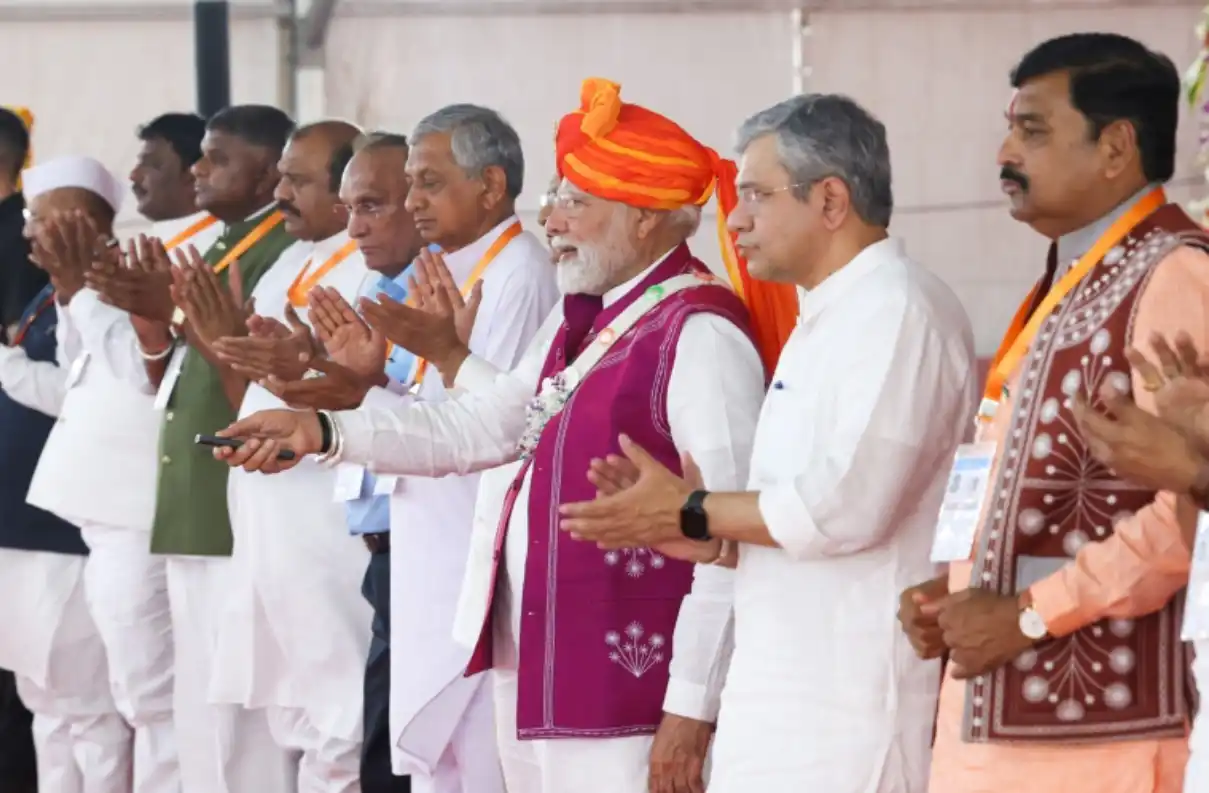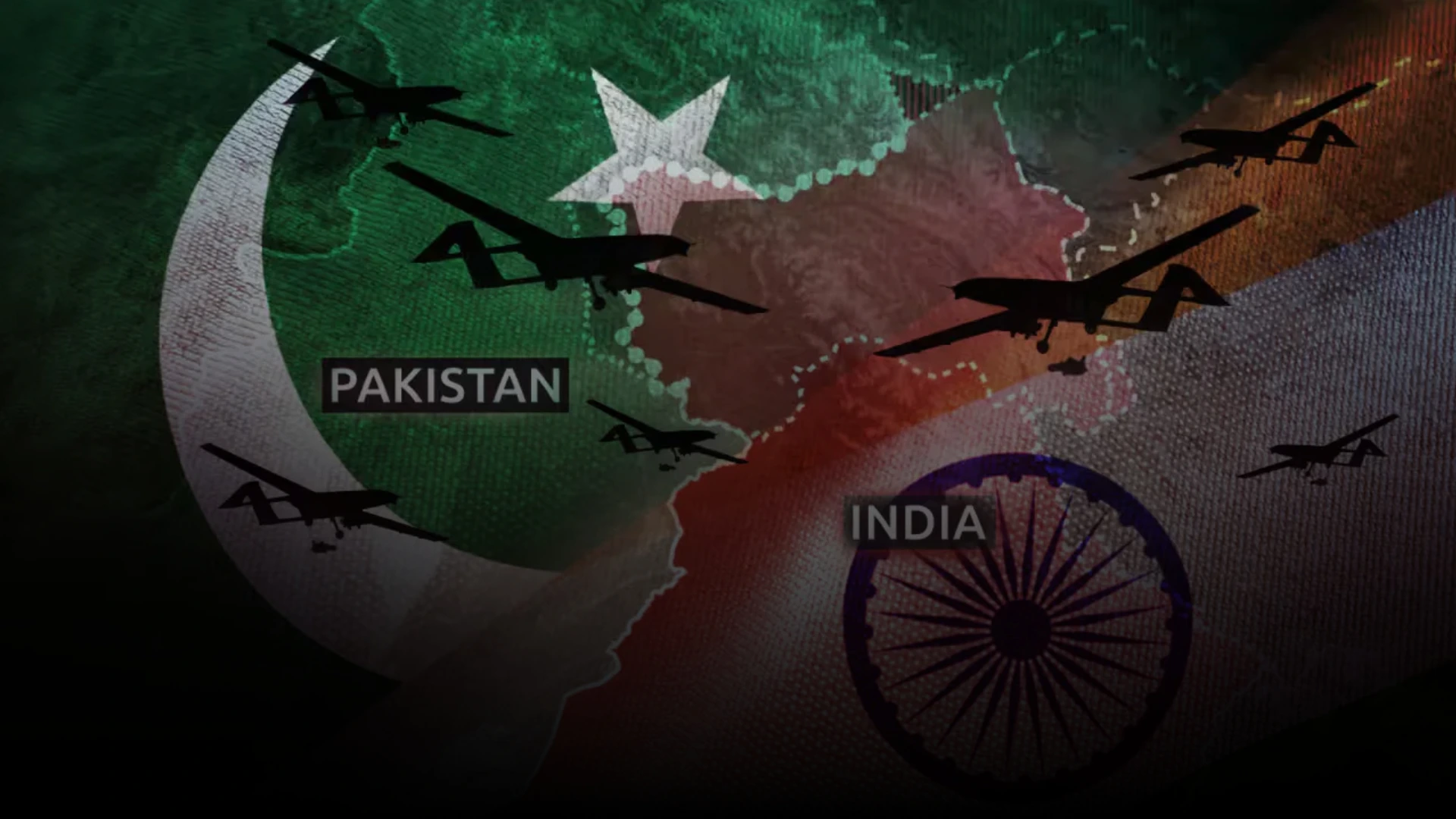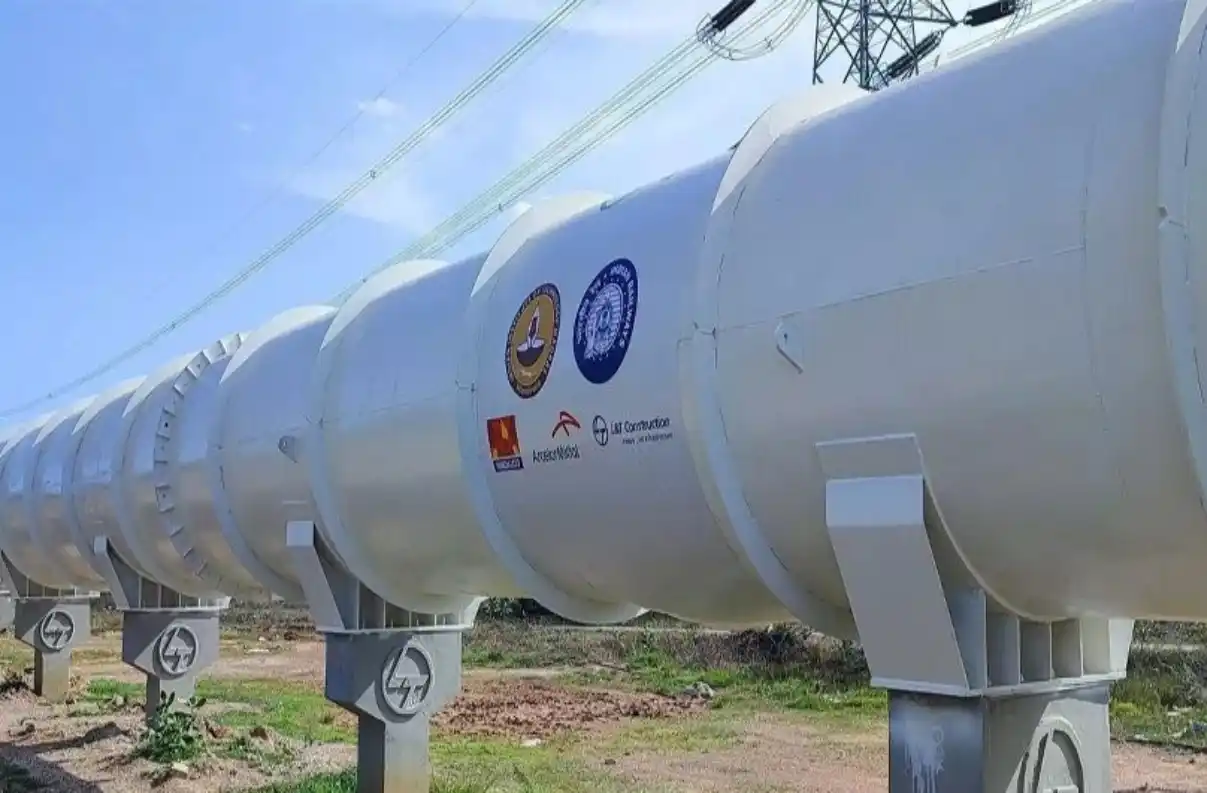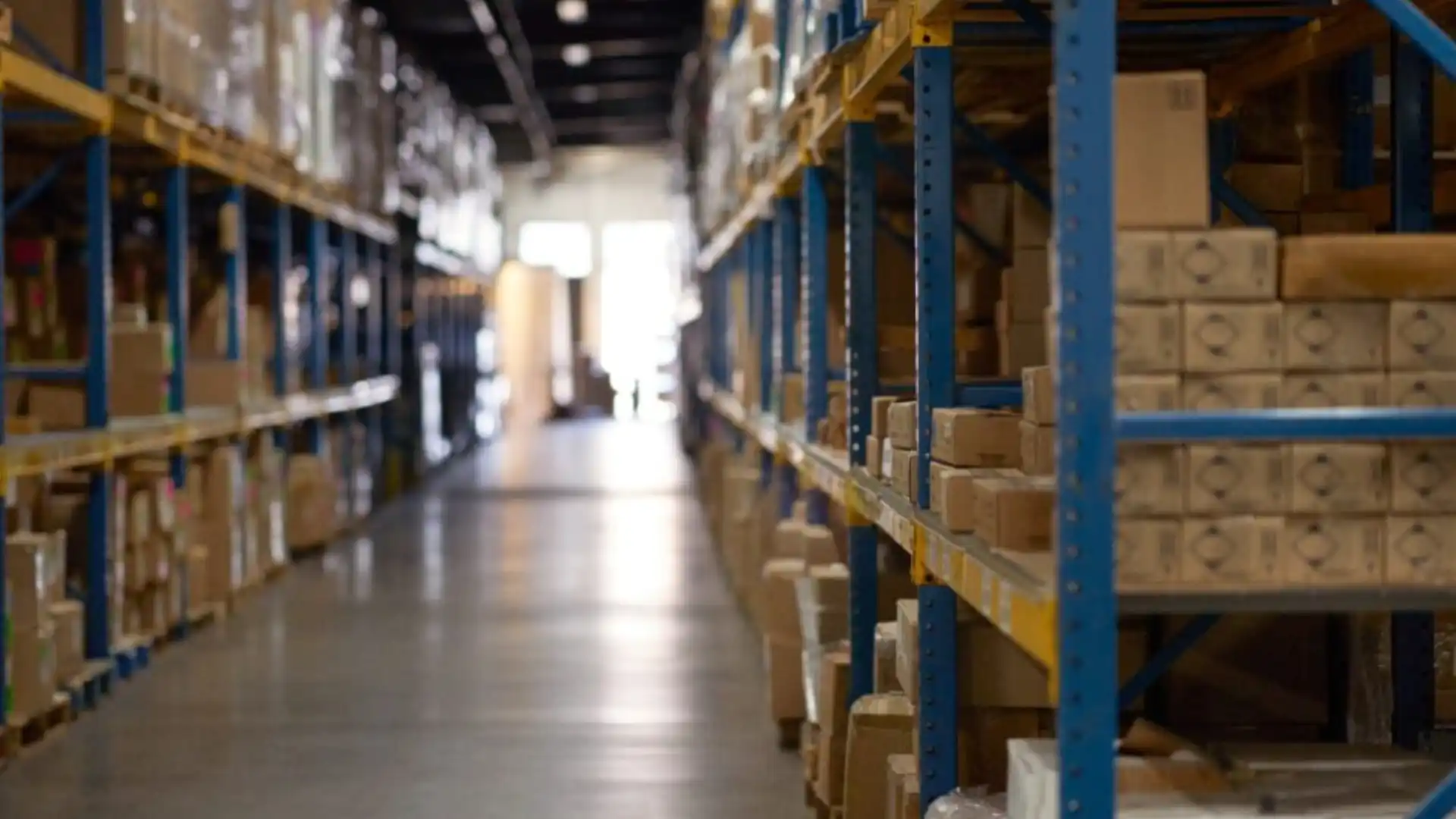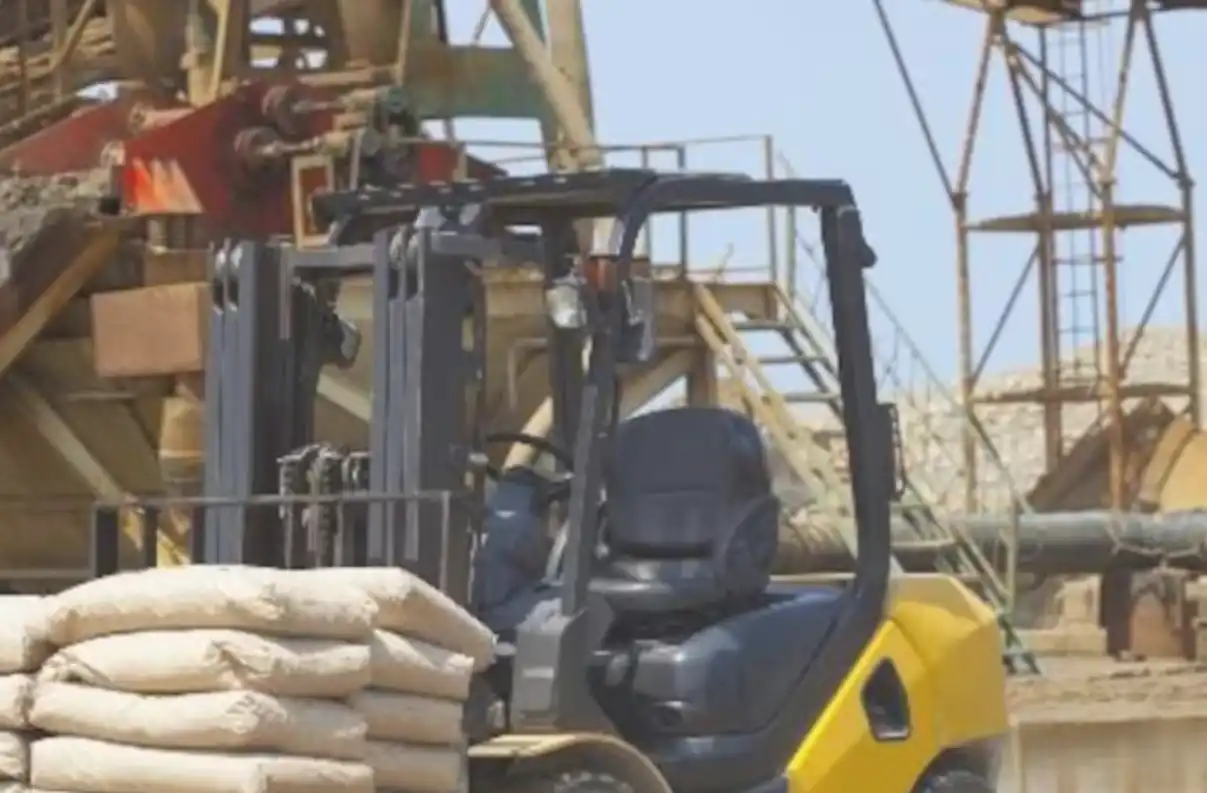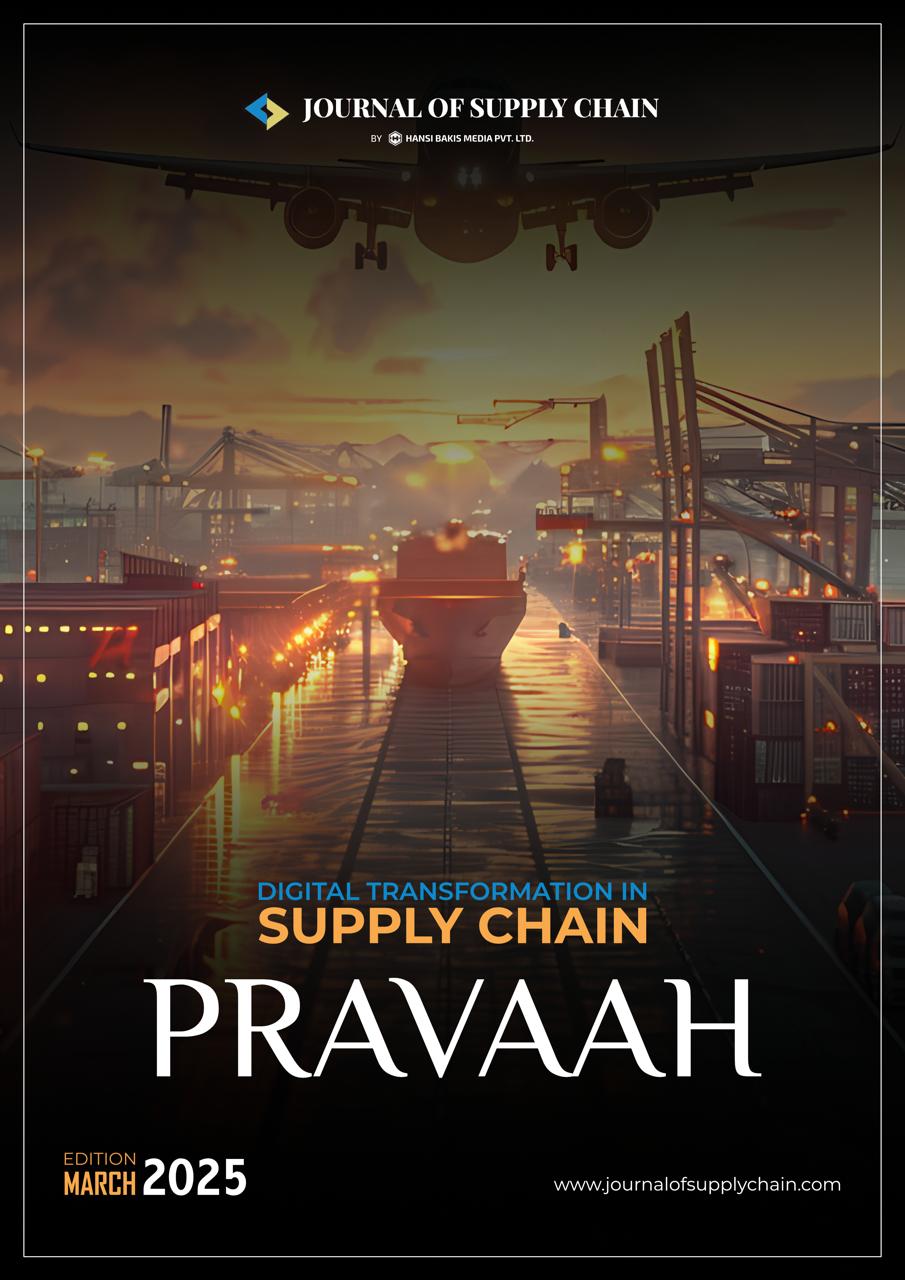PM Modi’s Dahod Visit Signals Strategic Focus on Tribal Empowerment and Regional Growtht
When Prime Minister Narendra Modi stepped into Dahod on May 26, 2025, he did more than flag off locomotives and inaugurate buildings, he sent a clear and calculated message: the days of India's tribal regions being development afterthoughts are over. His visit to this small but strategic district in eastern Gujarat, nestled close to the borders of Madhya Pradesh and Rajasthan, symbolized a renewed push for grassroots development, one that aligns both politically and economically with the larger narrative of “Viksit Bharat” or a Developed India. The government’s announcement of ₹24,000 crore worth of development projects was not just about electrification, transportation, and job creation, it was about signalling a shift in how India’s tribal and underdeveloped districts are perceived: not as burdens, but as untapped engines of national growth. Let’s be clear: Dahod is not just another dot on India’s map. It is a district where over 70% of the population belongs to Scheduled Tribes. By choosing Dahod as the epicentre of such high-value announcements, PM Modi made a strategic political move while simultaneously addressing a long-overdue development need. Manufacturing in the Heartland: A “Make in India” Showcase Perhaps the crown jewel of PM Modi’s visit was the inauguration of the ₹20,000 crore Electric Locomotive Workshop, India’s first factory capable of producing 9,000-horsepower locomotives, a joint venture with global engineering giant Siemens. The sheer scale of this project is staggering: 1,200 locomotives to be produced over 11 years, with direct employment for around 3,500 people and indirect employment potentially impacting over 7,000 more in ancillary industries and services. This is “Make in India” done right, not just in terms of industrial production but in its human impact. Dahod’s youth, many of whom have historically migrated to cities for low-paying jobs, now see a future in their own backyard. The potential multiplier effect on local education, skill training, and micro-economies cannot be overstated. But it also poses a question: Can India replicate this model in other tribal-dominated districts? If Dahod can host such a transformative project, why not Bastar, Simdega, or Malkangiri? This visit lays down the gauntlet, not only for the opposition but for the rest of India’s administrative machinery. Smart Cities, Tribal Museums, and the Urban-Rural Reconciliation Another key highlight was the launch of Smart City initiatives in Dahod worth ₹233 crore, which includes the development of municipal infrastructure and a dedicated Tribal Museum. Critics often deride Smart City projects as urban elitism wrapped in buzzwords. But here, the Smart City push isn’t about glass towers or rapid transit. It’s about basic civic dignity solid waste management, better drainage systems, modernized government offices, and public access to clean water. The Tribal Museum, meanwhile, is not just a cultural initiative, it’s a recognition of identity. In a political climate where culture is often weaponized, this museum could serve as a space of pride and pedagogy for local communities, connecting tribal history with national consciousness. Modi understands symbolism and by inaugurating this museum himself, he not only pays homage to indigenous heritage but reaffirms tribal people’s place in India’s mainstream. Electrification and Vande Bharat: Connecting the Margins Modi also inaugurated the electrified Sabarmati–Botad railway section and flagged off the new Ahmedabad–Veraval Vande Bharat Express. These aren't vanity projects, they’re infrastructural leaps with clear intent: to integrate the tribal belt with urban industrial corridors and pilgrimage circuits, such as Somnath and Dwarka. Gujarat has now achieved 100% railway route electrification. That’s not just a badge of honour for the Indian Railways but a reflection of how sustained policy focus can drive regional equity in transport infrastructure. When freight and passengers can move faster and cheaper, economic activity follows. Moreover, it quietly lays the foundation for more future-ready supply chains especially in agri-commodities and small-scale manufacturing, where Dahod and similar districts could find their competitive edge. Education as Empowerment: The EMRS Surge No development narrative is complete without education, and here too, the numbers speak volumes. The Modi government has announced the rollout of 740 Eklavya Model Residential Schools (EMRS) nationwide, with over ₹7,000 crore allocated in this fiscal year alone. By March 2026, the government aims to make 728 of them fully functional, offering modern education to over 3.5 lakh tribal children. In regions where dropout rates are high due to poverty, distance, and linguistic barriers, this is a structural game-changer. Education not only brings jobs but agency and a child educated today is a community transformed tomorrow. The real challenge, however, lies in execution. Will these schools be adequately staffed, equipped, and monitored? The intent is there, and the budget backs it. Now implementation must match ambition. Healthcare and the Shadow of Sickle Cell Modi’s Dahod visit also aligns with his earlier national initiative to eradicate sickle cell anemia, a disease disproportionately affecting tribal communities. The disease, often misdiagnosed or untreated due to lack of medical access, has been a silent killer in the heartland. The government’s new mission-mode campaign promises genetic screening, counselling, and treatment. While the effort is commendable, it again demands sustained engagement tribal healthcare can’t be a one-time budget line; it must be a long-term institutional commitment. Primary health centers need to be well-stocked, well-staffed, and digitally connected to district hospitals for it to work at scale. The Political Calculus: Not Just Welfare, But Votes While much of Modi’s Dahod visit focused on policy, let’s not pretend there was no politics at play. Gujarat is going to polls next year, and tribal votes especially in Dahod, Panchmahal, and Chhota Udepur can swing several key constituencies. The tribal belt has traditionally leaned toward the Congress, but the BJP has been making consistent inroads through a mix of welfare schemes, ideological engagement (especially through Vanvasi Kalyan Kendra), and a narrative of dignity. Modi’s visit wasn’t just developmental, it was deeply political. Yet, unlike traditional vote-bank politics that often stop at tokenism, this outreach is layered with infrastructure, education, healthcare, and employment. It’s not a handout, it’s a hand-up and that may be the most durable political strategy of them all.
